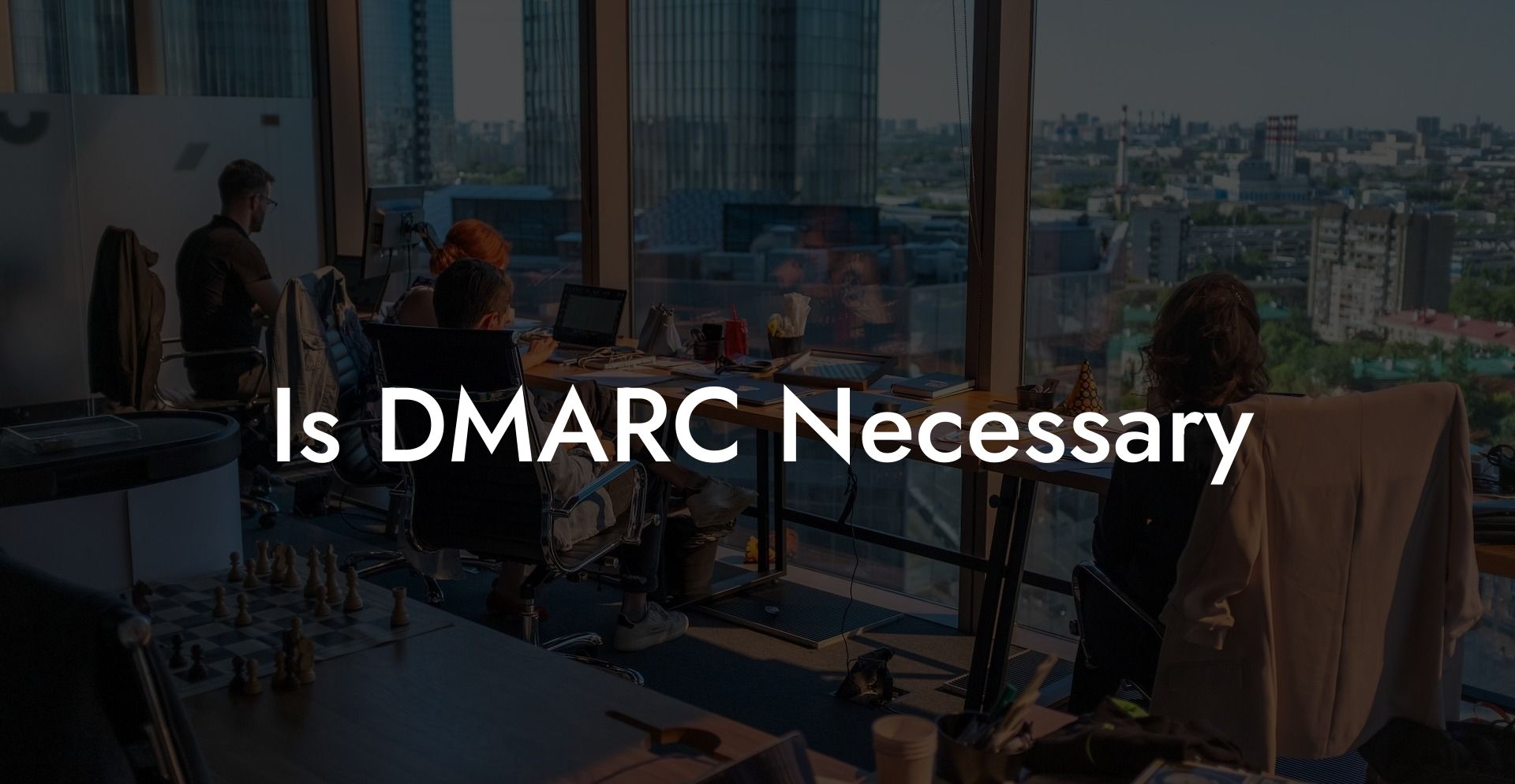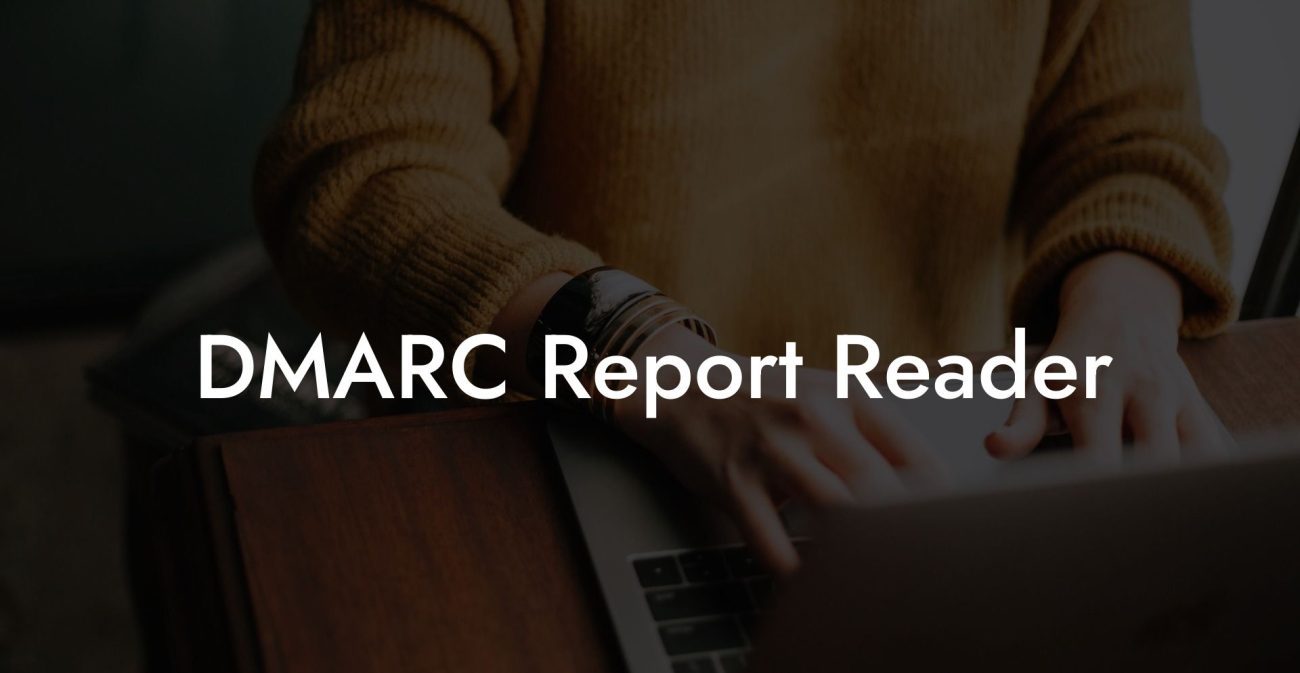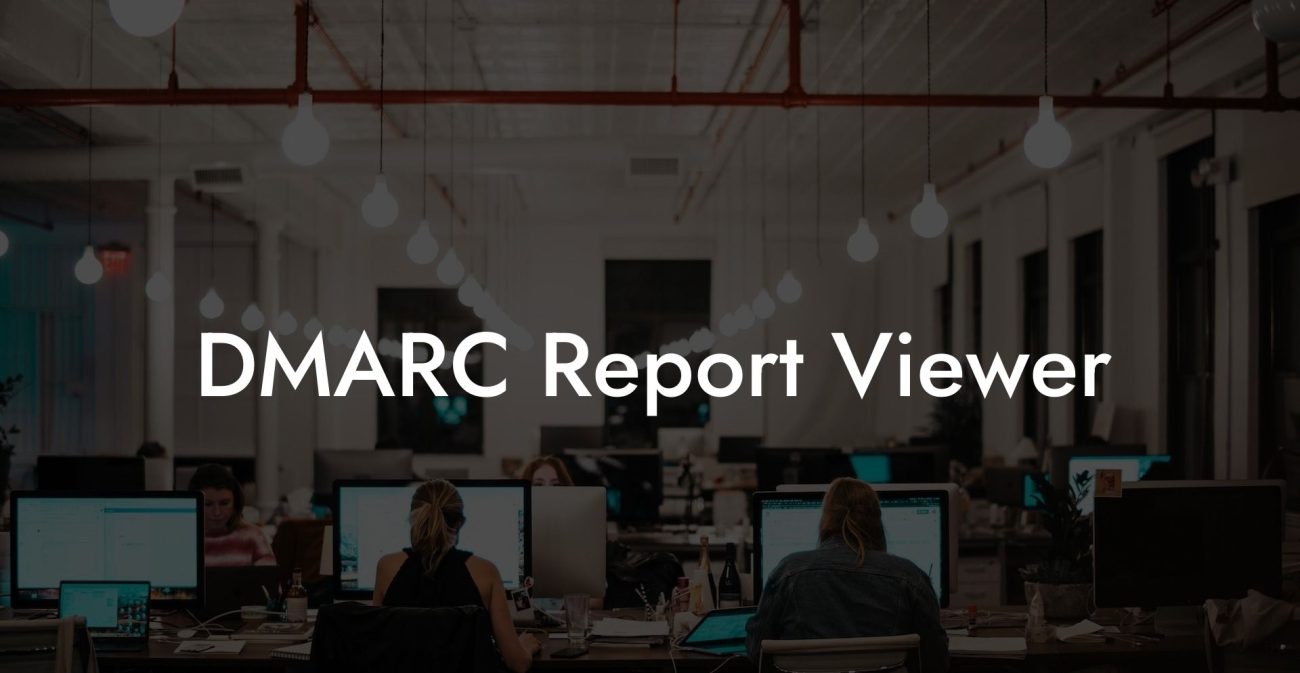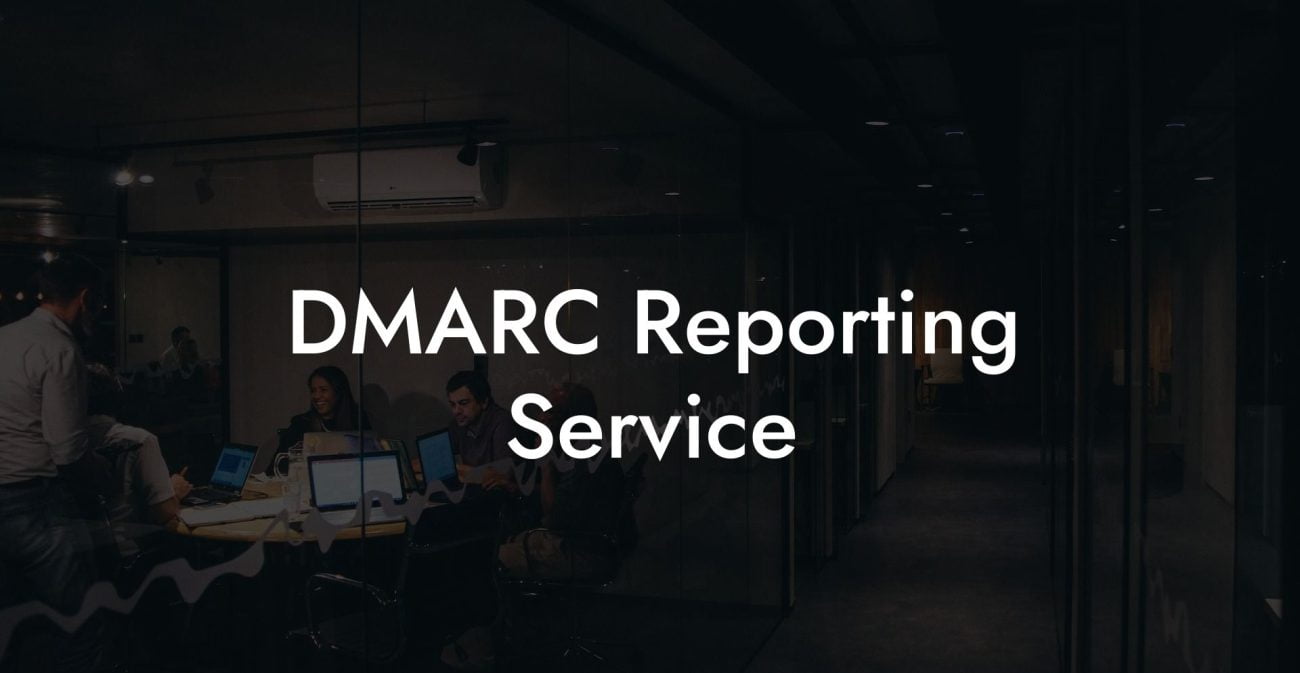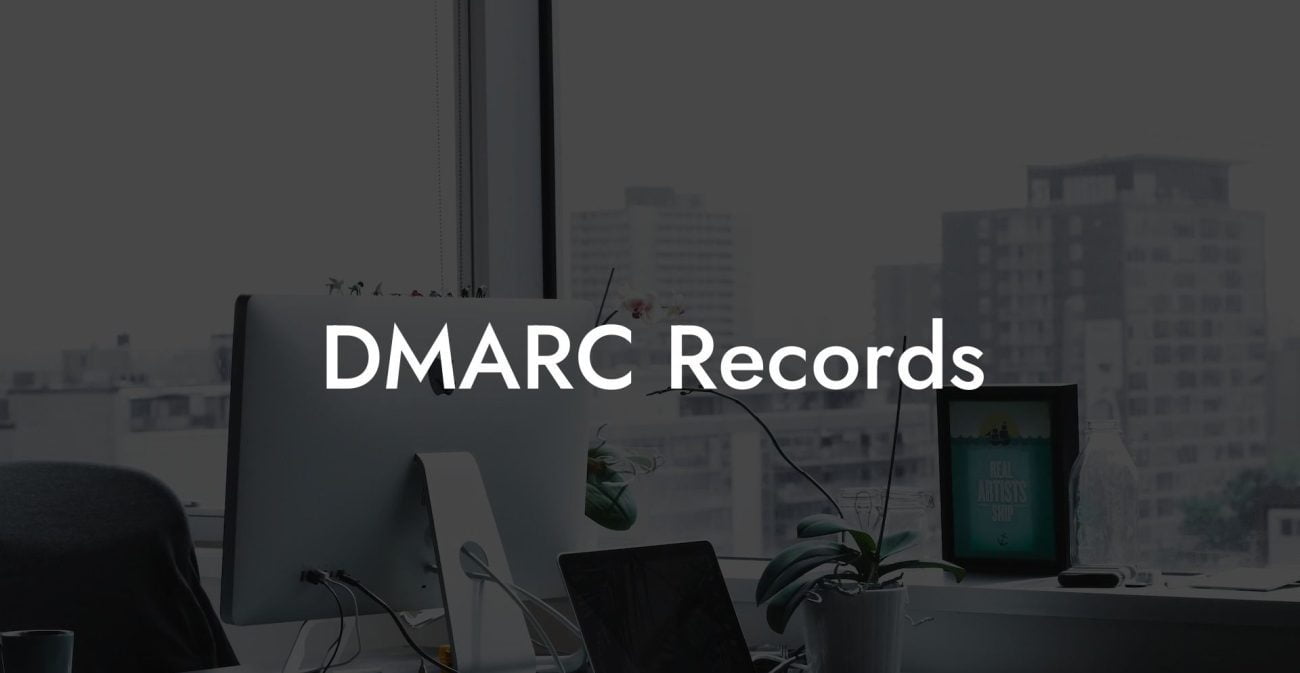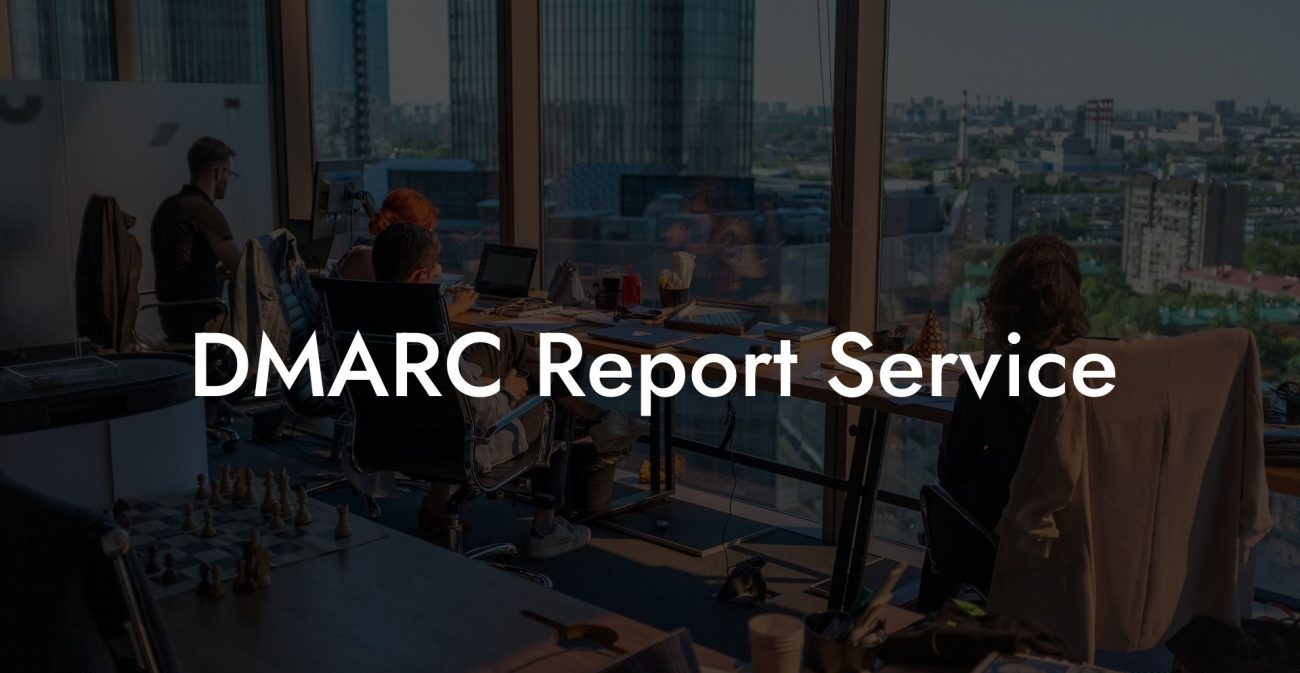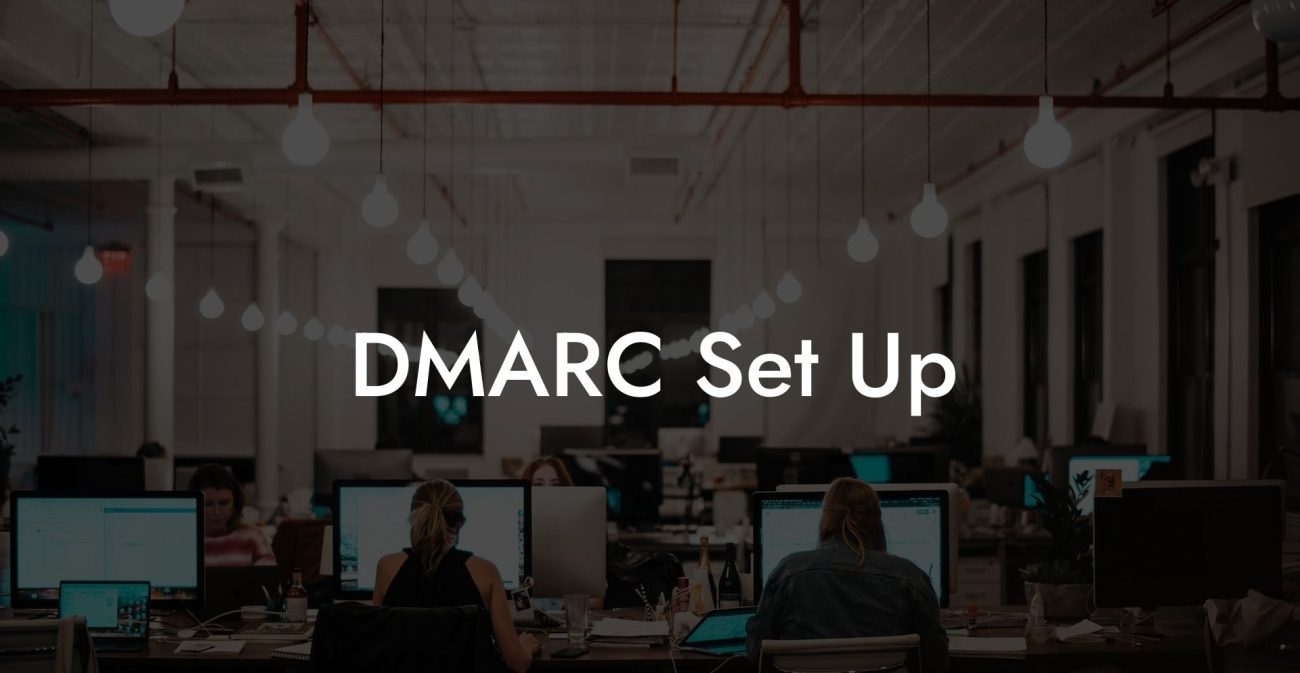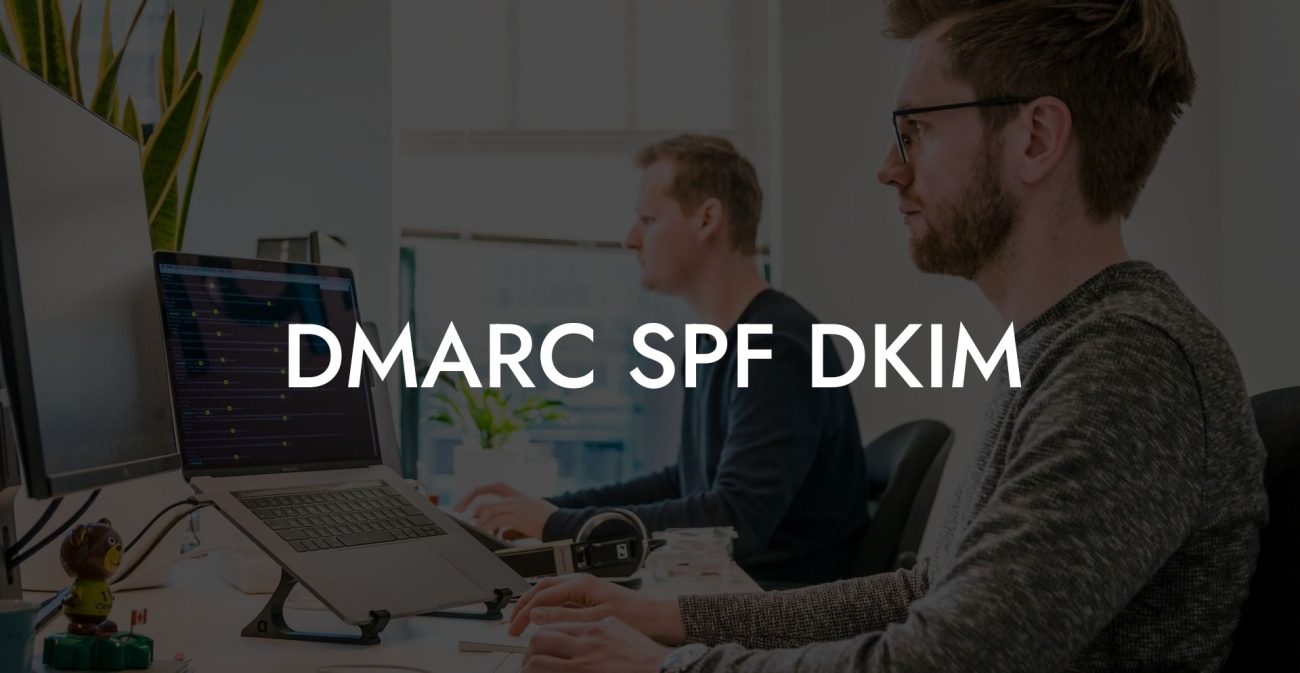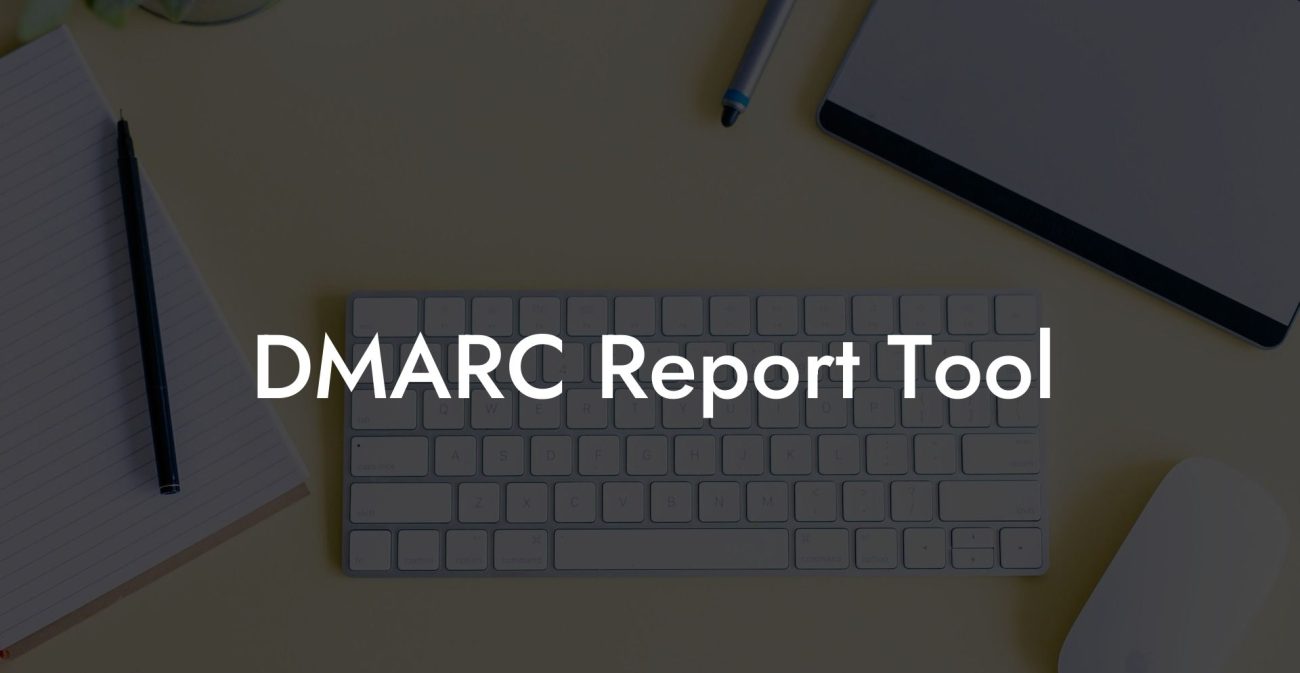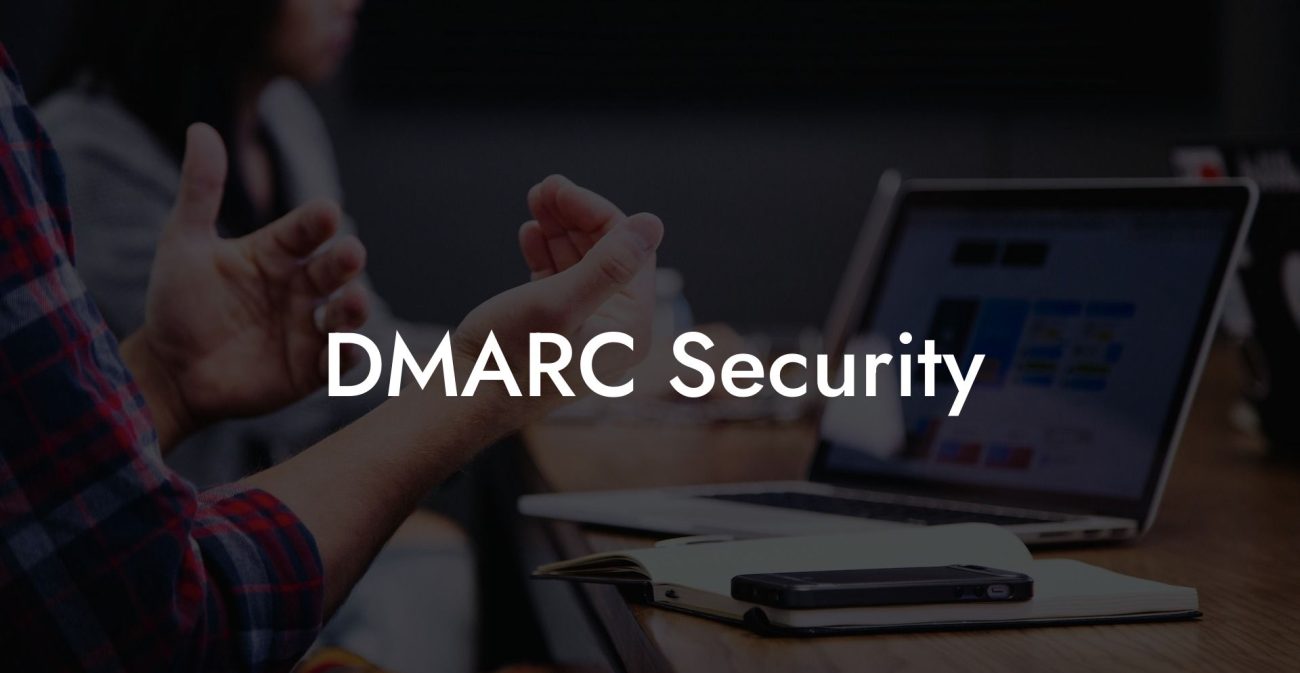Are you concerned about email security and looking for ways to stop domain spoofing and phishing attacks? If so, the question you should be asking is, “Is DMARC necessary?” In this comprehensive guide, we'll explore what DMARC is, why it matters, and how it helps protect your domain and organization from being exploited by cybercriminals.
Is DMARC Necessary Table of Contents
What is DMARC?
Domain-based Message Authentication, Reporting, and Conformance (DMARC) is an email authentication protocol that aims to provide a higher level of security for email domains. It builds upon existing authentication mechanisms, like Sender Policy Framework (SPF) and DomainKeys Identified Mail (DKIM), to provide a more robust email validation system. DMARC helps domain owners prevent spoofing, phishing, and other email-based cyberattacks.
How does DMARC work?
Protect Your Data Today With a Secure Password Manager. Our Top Password Managers:
DMARC operates by leveraging SPF and DKIM to authenticate and validate emails. Domain owners publish DMARC records that contain policy details and reporting instructions in their Domain Name System (DNS) records. When an email is sent, the receiving mail server checks for DMARC records and validates the email against SPF and DKIM. If the email passes authentication, it's delivered; if it fails, the receiving server follows the policy defined in the DMARC record, which may include reporting the failure, quarantining the email, or rejecting it outright.
Why is DMARC necessary?
Implementing DMARC is crucial for several reasons:
- Email security: DMARC helps prevent domain spoofing and phishing attacks, giving your organization more control over the emails associated with your domain. By authenticating emails against SPF and DKIM, DMARC helps ensure that only legitimate emails reach your recipients.
- Reputation protection: Implementing DMARC can help preserve your domain's reputation and trustworthiness. With strict DMARC policies in place, cybercriminals are less likely to use your domain for illicit activities, thereby safeguarding your brand's reputation.
- Improved email deliverability: Many mailbox providers give preference to emails authenticated by DMARC, increasing the chances of your emails reaching their intended recipients. This ultimately results in better email deliverability and performance for your organization.
- Visibility and reporting: DMARC's reporting feature provides insight into how your email domain is being used, allowing you to identify and address any issues that could negatively impact your domain's credibility. This level of visibility is invaluable when it comes to monitoring and maintaining your email infrastructure.
Implementing DMARC
To set up DMARC for your email domain, follow these steps:
- Ensure that you have already implemented SPF and DKIM for your domain.
- Create a DMARC policy by specifying how you want receiving servers to handle unauthenticated emails and where to send reports about policy actions.
- Generate a DMARC record and add it to your domain's DNS records with the appropriate policy and reporting preferences.
- Monitor incoming DMARC reports and use them to fine-tune your SPF, DKIM, and DMARC configurations, addressing any issues that may arise.
- Gradually transition from a relaxed DMARC policy, like "none" or "quarantine," to a stricter policy of "reject" to ensure optimal protection against malicious emails.
Is DMARC Necessary Example:
Real-World DMARC Implementation
Imagine a company called "Example Inc." with the domain example.com. Example Inc. has been experiencing a series of phishing attacks targeting its customers. To combat the issue, the company decides to implement DMARC following these steps:
- Example Inc. first sets up SPF and DKIM for their domain.
- They then create a DMARC policy specifying a "quarantine" action for unauthenticated emails and instruction to send reports to a designated email address.
- Example Inc. generates and publishes a DMARC record in their DNS records, reflecting their chosen policy and reporting preferences.
- Monitoring the DMARC reports, they identify any issues and make adjustments to their SPF, DKIM, and DMARC configurations accordingly.
- Once confident in their email authentication setup, Example Inc. transitions to a "reject" policy, ensuring that only authenticated emails associated with their domain reach their customers.
As a result of implementing DMARC, Example Inc. not only stops the phishing attacks but also increases the deliverability of their legitimate emails, reinforcing their reputation and brand trust amongst customers.
In conclusion, DMARC is not just a "nice to have" but a necessary component of any organization's email security strategy. By implementing and maintaining DMARC, you can protect your domain from spoofing and phishing attacks, improve email deliverability, and preserve your brand's reputation. Don't let cybercriminals exploit your domain; take action and implement DMARC today. If you found this guide helpful, be sure to share it and explore other in-depth guides on Voice Phishing to strengthen your cybersecurity defenses.
Protect Your Data Today With a Secure Password Manager. Our Top Password Managers:

